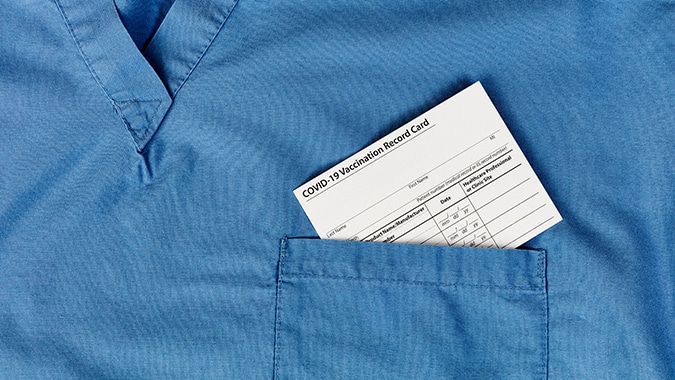An analysis by The Pew Charitable Trusts shows personal income fell nearly everywhere in the U.S. during the second quarter of 2021, compared to a year earlier when Americans received the first round of temporary federal pandemic relief payments.
Despite this dip, total personal income was still higher overall in all 50 states compared to 2019 before the pandemic started in the U.S. thanks to still-elevated levels of government assistance and growth in wages and other compensation, Pew said.
The annualized growth rate for total personal income, accounting for inflation, between pre-pandemic Q4 of 2019 and Q2 of 2021 was 4.1% nationally, according to Pew’s analysis. New Jersey’s personal income growth rate (3.4%) was lower than the national average, as was Pennsylvania’s (2.9%), New York’s (3.3%) and Delaware’s (2.3%).
Although personal income is up overall since the pandemic began, 49 states have experienced a decline in their personal income growth rate since Q2 of 2020 as levels of government assistance have declined, Pew said. California (+0.2%) was the only state to see continued personal income growth during that last 12-month period.
Nationally, total state personal income has dropped 2.8% since Q2 2020, however, some states experienced much steeper declines, such as Michigan (-9.5%), West Virginia (-9.3%) and Vermont (-8.6%). In New Jersey, the decline was 1.8% in Q2 of 2021, compared to Q2 of 2020.
State personal income matters to state governments because changes in residents’ income can signal that tax revenue and spending demands are apt to rise or fall, which has repercussions for state budgets.
Personal income levels have fluctuated greatly over the past several quarters, reflecting the timing of multiple rounds of pandemic-related federal aid. In the second quarter of 2021, government assistance accounted for 21% of total personal income, compared with 28% a year earlier and only 17% just before the pandemic.
State personal income sums up all the money that residents receive from work, certain investments, income from owning a business and property, and government assistance, including the extra federal aid provided in response to the pandemic, as well as benefits from employers or the government.
To read Pew’s complete analysis of the data from the U.S. Bureau of Economic Analysis, go here.

